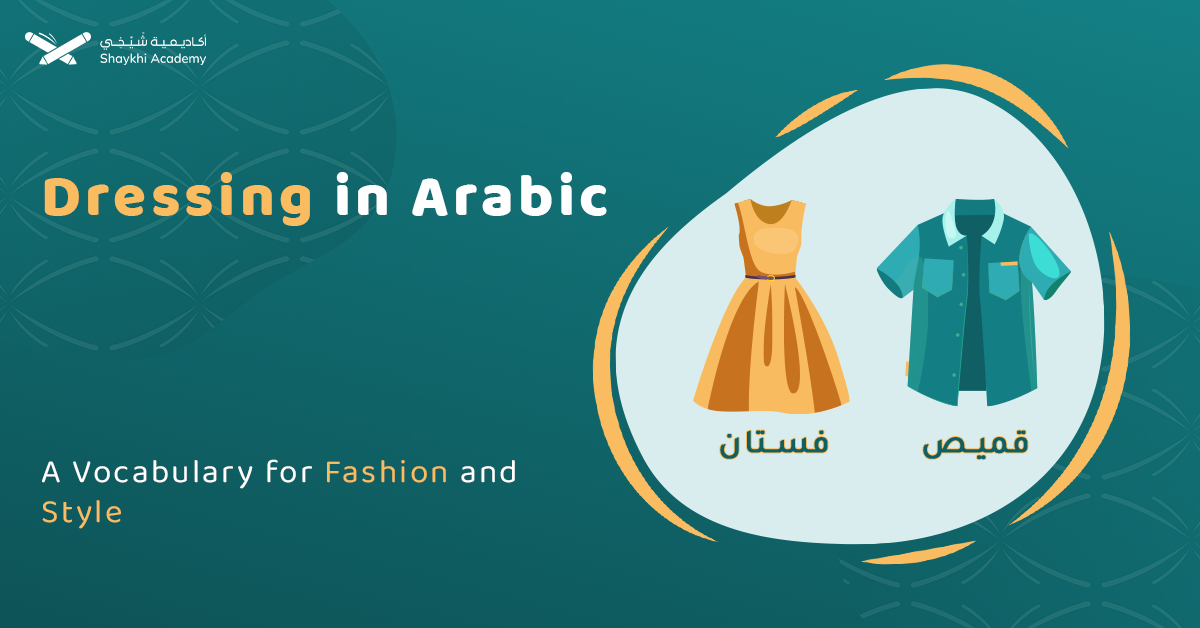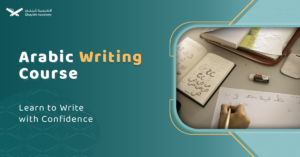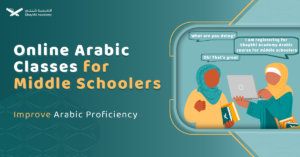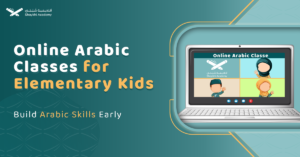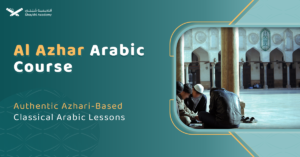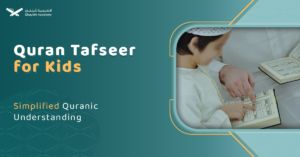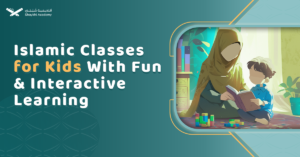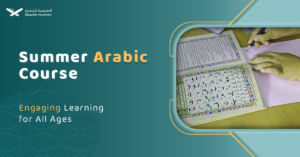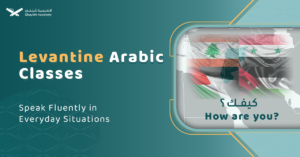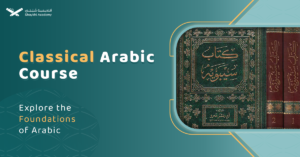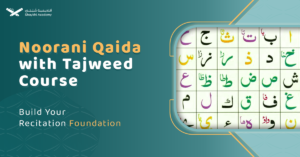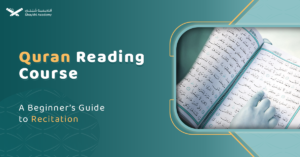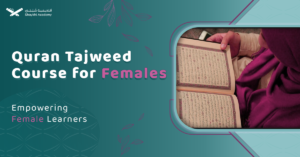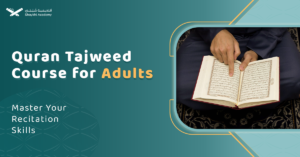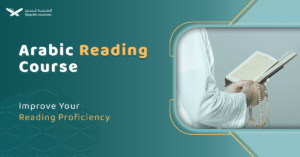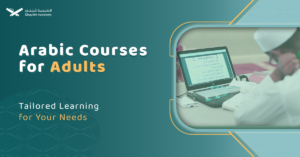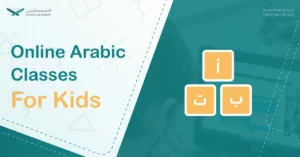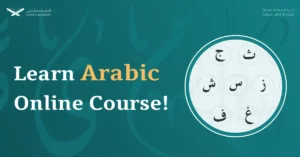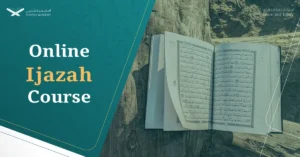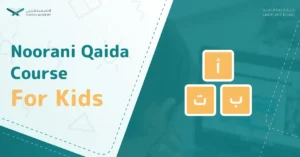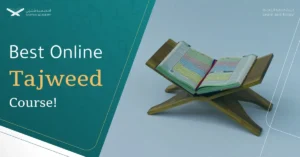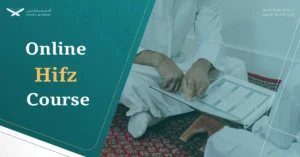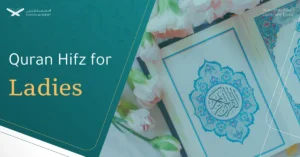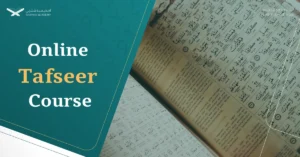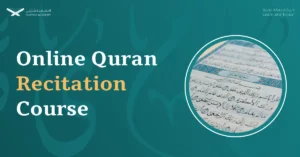Learning the Arabic language involves not only understanding its grammar and syntax but also expanding your vocabulary to cover everyday topics, such as clothing.
Knowing how to say “clothes” in Arabic and the names of various clothing items is essential for effective communication, especially when discussing fashion, shopping, or cultural practices. In Arabic, the word for clothes is ملابس (malābis), and it encompasses a wide range of clothing items worn by people for various purposes.
This article explores how to say clothes in Arabic, lists key clothing items, and offers guidance on how to learn and memorize these terms.
How to Say the Word Clothes in Arabic?
The word “clothes” in Arabic is “ملابس” (pronounced: malābis). It encompasses a wide range of clothing items that people wear for various purposes, including everyday clothing, formal attire, and seasonal wear. The concept of “ملابس” is deeply rooted in cultural and religious significance across the Arab world, where attire is often reflective of a person’s social status, profession, or religious beliefs.
A List of Clothes in Arabic:
This list of clothes in Arabic is not just functional but symbolizes cultural heritage, religious practices, and a commitment to values of humility and respect. Such lists are taught in MSA and Fusha Arabic courses where tutors aim to build you a linguistic vault of vocabulary to use in different situations.
This list provides a comprehensive overview of both general and Islamic clothing in Arabic, shedding light on the diversity and significance of attire in the Arab and Muslim world:
A- General Clothing in Arabic
| No. | Arabic Word | Transliteration | English Translation |
| 1 | ملابس | Malābis | Clothes |
| 2 | قميص | Qamīṣ | Shirt |
| 3 | بنطال | Bantāl | Pants |
| 4 | فستان | Fustān | Dress |
| 5 | تنورة | Tanūra | Skirt |
B- Outerwear Clothes in Arabic
| No. | Arabic Word | Transliteration | English Translation |
| 6 | معطف | Miʿṭaf | Coat |
| 7 | جاكيت | Jākīt | Jacket |
| 8 | سترة | Sitra | Sweater |
| 9 | بزة | Baza | Suit |
C- Headwear Clothes in Arabic
| No. | Arabic Word | Transliteration | English Translation |
| 10 | قبعة | Qubbaʿah | Hat |
| 11 | طاقية | Ṭāqiyah | Cap |
| 12 | عمامة | ʿAmāmah | Turban |
D- Footwear Clothes in Arabic
| No. | Arabic Word | Transliteration | English Translation |
| 13 | حذاء | Ḥidāʾ | Shoe |
| 14 | صندل | Sandal | Sandal |
| 15 | حذاء رياضي | Ḥidāʾ Riyāḍī | Sports Shoe |
| 16 | جزمة | Jazmah | Boot |
E- Underwear Clothes in Arabic
| No. | Arabic Word | Transliteration | English Translation |
| 17 | ملابس داخلية | Malābis Dākhiliyyah | Underwear |
| 18 | شورت | Shōrt | Shorts |
| 19 | سروال داخلي | Sirwāl Dākhilī | Underpants |
F- Accessories Clothes in Arabic
| No. | Arabic Word | Transliteration | English Translation |
| 20 | حزام | Ḥizām | Belt |
| 21 | ساعة | Sāʿah | Watch |
| 22 | نظارات شمسية | Naẓārāt Shamsiyyah | Sunglasses |
| 23 | ربطات عنق | Rabaṭāt ʿAnq | Neck Tie |
| 24 | سوار | Sawār | Bracelet |
| 25 | حقيبة يد | Ḥaqībah Yad | Handbag |
G- Islamic Clothing in Arabic
| No. | Arabic Word | Transliteration | English Translation |
| 26 | عباءة | ʿAbāʾah | Abaya |
| 27 | جلباب | Jilbāb | Jilbab |
| 28 | حجاب | Ḥijāb | Hijab (Headscarf) |
| 29 | نقاب | Niqāb | Niqab (Face Veil) |
| 30 | قفطان | Qaftān | Kaftan |
| 31 | عمامة | ʿAmāmah | Turban |
| 32 | عباية رجالية | ʿAbāyah Rajālīyah | Men’s Abaya |
| 33 | سترة صلاة | Sitrat Ṣalāh | Prayer Garment |
How to Learn Clothes in Arabic?
Learning the names of clothes in Arabic is an essential step in expanding your vocabulary and enhancing your ability to communicate. Whether you’re traveling to an Arabic-speaking country, looking to engage in conversations about fashion, or simply wanting to expand your Arabic language skills, knowing how to talk about clothing will be invaluable.
Here are some helpful steps to guide you through learning clothing-related terms in Arabic.
1. Start with Basic Vocabulary
To learn clothes in Arabic, begin by focusing on the names of common clothing items. Words like قميص (shirt), فستان (dress), and حذاء (shoe) are essential. You can use flashcards or apps to help you memorize these terms and recall them when needed.
2. Use Visual Aids
Pairing Arabic vocabulary with images of the clothing items will make learning more engaging and memorable. Find pictures of clothes and label them with their Arabic names, helping you visualize the terms. This technique is used in Arabic courses for kids, as it increases the kids’ attention span and strengthens memory retention by connecting words with their meanings.
3. Learn Pronunciation
It’s crucial to focus on the correct pronunciation of Arabic clothing terms. Listening to native speakers will help you master the sounds. Use language learning apps or online platforms that offer audio recordings of the words to ensure accurate pronunciation.
4. Practice Sentences and Context
Learning vocabulary in isolation is useful, but it’s equally important to practice sentences. Phrases like أين قميصي؟ (Where is my shirt?) will help you understand how to use these words in everyday situations. Practicing sentences builds your understanding of sentence structure and grammar.
5. Engage in Immersive Practice
Immerse yourself in Arabic media where clothing terms are used in context. Watch TV shows, movies, or videos featuring Arabic-speaking characters discussing fashion or everyday life. This exposure will help you understand how clothing-related words are used in real conversations.
6. Use Language Learning Apps
Apps like Duolingo, Memrise, or Anki offer interactive courses and flashcards for learning Arabic vocabulary. Many of these apps cover basic clothing terms and help you practice pronunciation, spelling, and comprehension in an interactive format.
7. Label Items Around You
A practical way to learn is by labeling the clothing items in your own home or environment with their Arabic names. For example, you can label your shirt, shoes, or jacket with their Arabic terms. This constant visual reminder will help reinforce your learning.
8. Learn Gender and Plural Forms
In Arabic, many clothing terms change depending on gender and number. For example, قميص (shirt) is masculine, and its plural form is قمصان (shirts). Understanding how words change based on gender and number will make it easier to form accurate sentences.
9. Practice with Native Speakers
If possible, practice speaking with native Arabic speakers. Conversing about clothes will help you reinforce your vocabulary and gain a better understanding of how to use these words in real-life situations. Native speakers can provide valuable feedback on pronunciation and sentence structure.
10. Consistency is Key
Consistency is essential in language learning. Dedicate a small amount of time each day to practice new clothing vocabulary. The more you study and use these words, the more natural they will become, helping you progress in your Arabic language skills.
Master Arabic with Confidence: Join Our Fusha Arabic Course Today!
Ready to take your Arabic language skills to the next level? Whether you’re a beginner or looking to refine your fluency, our Learn to Speak Arabic Fusha course is designed to help you achieve mastery in Modern Standard Arabic (Fusha). With expert instructors and a comprehensive curriculum, you’ll gain the confidence to speak, understand, and write Arabic with ease.
Don’t wait—start your journey to fluency today! Enroll now and unlock the power of the Arabic language!
Why Shaykhi Academy?
- Expert Native Tutors: Learn from highly qualified native Arabic speakers.
- Flexible Scheduling: Tailor your classes to fit your busy life.
- Affordable Learning: Access top-quality education at a price that suits you.
- Global Access: Study from anywhere in the world.
Explore Our Arabic Courses:
- Noorani Qaida: Build a strong foundation in Quranic Arabic.
- Comprehensive Arabic Courses: Master the Arabic language, from beginner to advanced levels.
- Fusha Arabic Classes: Delve into Modern Standard Arabic, the key to understanding literature, media, and formal communication across the Arab world.
- Quranic Arabic Course: Enhance your connection with the Quran by learning the language in which it was revealed.
Start Your Arabic Journey Today! Whether you’re just starting or looking to deepen your knowledge, Shaykhi Academy is here to support your journey. Book your free trial now and begin your path to Arabic mastery!

The Conclusion
Mastering clothing vocabulary in Arabic can significantly enhance your ability to communicate in a variety of situations. Whether you’re traveling, shopping, or simply trying to expand your Arabic knowledge, understanding the terms related to clothes will give you a deeper insight into the culture and everyday life of Arabic-speaking countries.
By following the practical steps outlined in this article, you can effectively learn and retain clothing-related terms, making it easier to engage in conversations and navigate your way through Arabic-speaking environments. Keep practicing consistently, and soon enough, talking about clothes in Arabic will become second nature.
